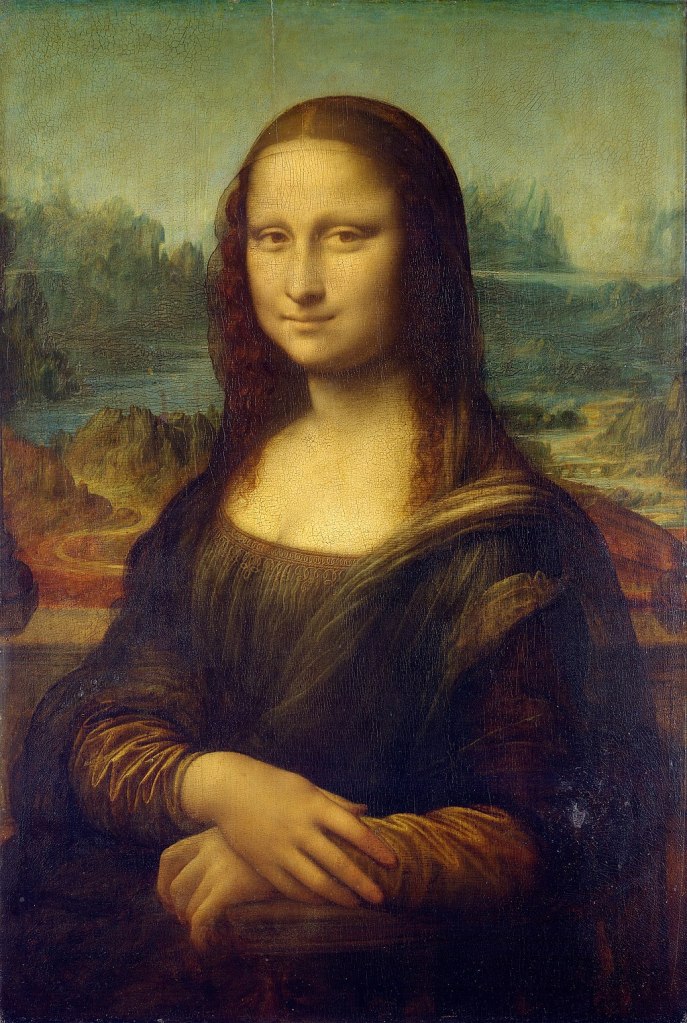
Leonardo da Vinci (b. 1452, Florence – d.1519, France)
Louvre, Paris, France / Visited many years ago
Mona Lisa, 1503
This entry is meant to cover no less than three different thoughts.
1: Da Vinci as polymath – I don’t find isolation of fine art within the “artworld” of its own very productive for me. For me art is primarily a mode of engagement with the world, or a tool for its exploration. So it is in intersections of art with everyday reality as well as other disciplines and fields of human activity that I expect to find the most satisfying and productive experiences. I may address an anthropological question through painting that triggers a philosophical thought that I may try to apply in business – and the circle goes on… even if most often it is just not possible to keep those things apart.
2: Mona Lisa as illustration par excellence of institutional theory of art. I don’t find this painting particularly interesting per se. And I do believe that majority of people aware of its existence are more familiar with and interested in its fame rather than its artistic or formal qualities. Implications of this realisation are multiple, but here and know I will only use it as a reminder that audiences “at large” are conditioned for a particular type of encounters with art and that my attempts to bypass those conventions are likely to leave me misunderstood by many.
3: Denon alley as a highway – when I visited Louvre years ago, it was a rather quiet day, apart from Denon alley leading to Mona Lisa and the gallery in Sully wing leading to Venus de Milo. If I was to slow down to actually appreciate an artwork on the wall, it felt as if I was blocking the traffic. And Mona Lisa itself I could barely see through all the flashlights and cramped crowds. That was the first time when I started paying attention to how audiences interact with art that has lead to several observations and works on the subject both as anthropological writings and art projects, some of them ongoing.